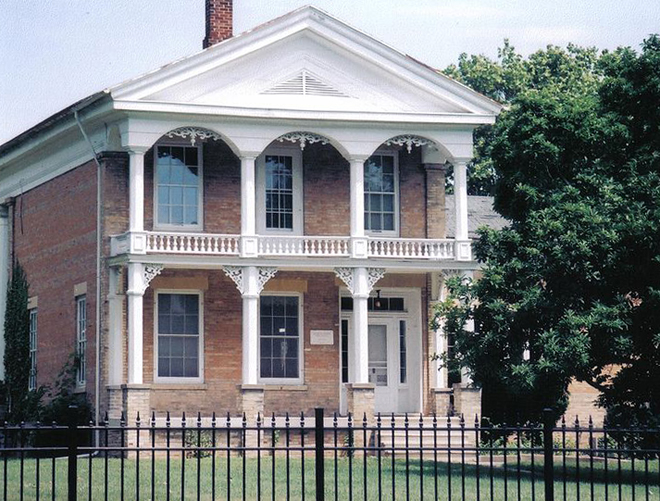How to Confirm the Age of Your Historic Home
At the time of purchase, ask the sellers for any information they may have about the house: Property abstracts, Old deeds, Names of previous owners and Pictures.Old letters or papers with information pertaining to the house or any of its owners. Talk to neighbors and senior citizens in the area.
Get a legal description of the property. It will be contained in the title information. This "legal" will be used in many avenues of research.
The title company that issued the title insurance has probably run a title search on the property. A "chain of title" is necessary for house history research. It may be costly. Some local title insurance companies allow manual research in their title books free of charge.
The Recorder of Deeds office at the county courthouse has records that are open to the public. Clerks there will advise on how to use the Grantor-Grantee indices. Know the Property Identification Number and have the legal description when you go there. The Grantor books indicate the seller, and the Grantee books indicate the buyer of the property. Date of sale, quit claim deeds (QC), warranty deeds (WC), "book and page" information, and brief legal description and other legal documents may be contained on microfiche in this office.
The County Treasurer's office at the courthouse has all real estate and personal property tax records on microfilm or fiche by date, township and section number. Look for a large increase in the tax amount, indicating a rise in value (a structure added), in the "tax due" column.
The Township Assessor's office may have old records (from the late 1800's) that contain construction dates, crude floor plans, builder's names, building materials, etc. These excellent sources of information may, however, be in storage, as the offices are mostly computerized, Ask questions, and give clerks time (weeks) to find the files.
City Records
Sanborn Fire Maps, 1880's through at least 1930
(found at Historical Society, McHenry Public Library or City/Village Halls)
Building Permits - begin in late 1950's
Biographical information on early homeowners and business owners is available in the Research Library at the Historical Society.
Pictures, early postcards, abstracts and business records may be found at the Historical Society or at McHenry Public Library's Genealogical Room.
Agencies
Chicago Historical Society, 312/542-4600.
Their library contains catalogues of various companies that put out house plans like Sears, Wards, Budget. The library also contains information on Chicago architects.
Illinois State Historic Preservation Agency, Division of Preservation Services, Old State Capitol, Springfield, IL 62701, 217/785-4512.
Help with National Registers, grants, architects, local government services.
McHenry County Historical Society Research Library, 815/923-2267
6422 Main Street, PO Box 434, Union, IL 60180
By Appointment only, Monday-Friday, 9:00 a.m. until 4:30 p.m.
There is a user fee, but it is free to members.
Northern Illinois University, 815/753-1779
For the Illinois Regional Archives Depository. Microfilmed records from the county are deposited here. Call and ask what local information is available.
Newspapers on Microfilm
McHenry Plain Dealer, found at McHenry Public Library
Nunda Advertiser and The Herald, found at Crystal Lake Public Library
Woodstock Sentinel, found at the Woodstock Public Library
Marengo Republican, found at the Marengo Public Library
Harvard Herald, found at the Harvard Public Library
These are important sources of building information, often including detailed descriptions of styling and layout by builders and contractors.
Call local libraries in regards to house history research materials available.
Old Telephone Books
Yellow Pages list builders, contractors and businesses from at least 50 years ago to present.
Please share any additional sources with us so we may direct others.
For more information about Plaquing Your Historic Home, visit Historical Site Plaquing

